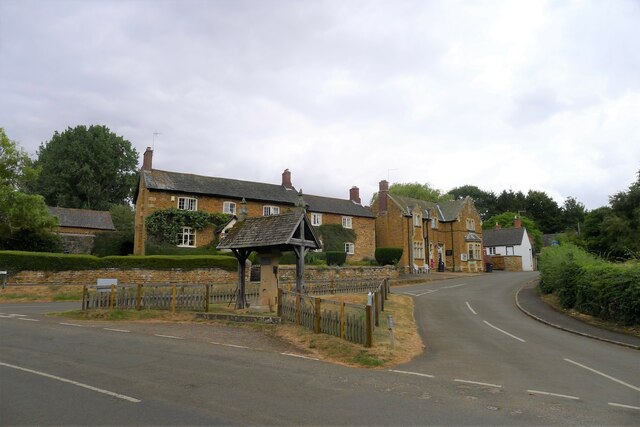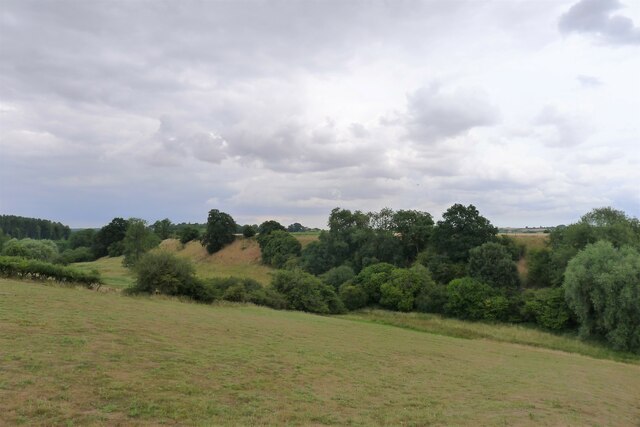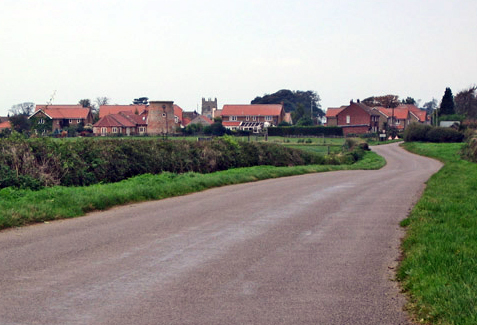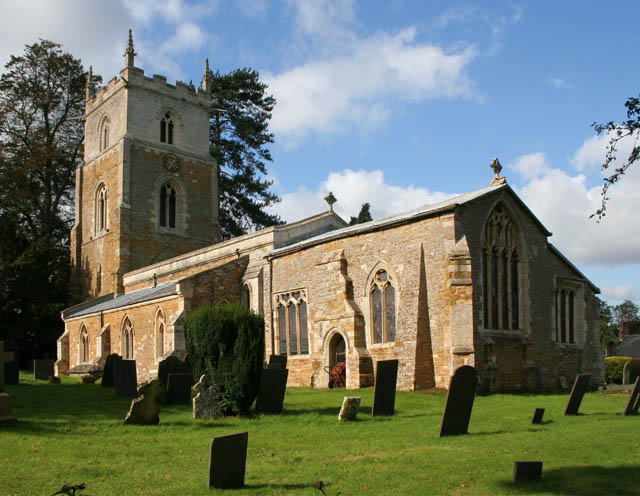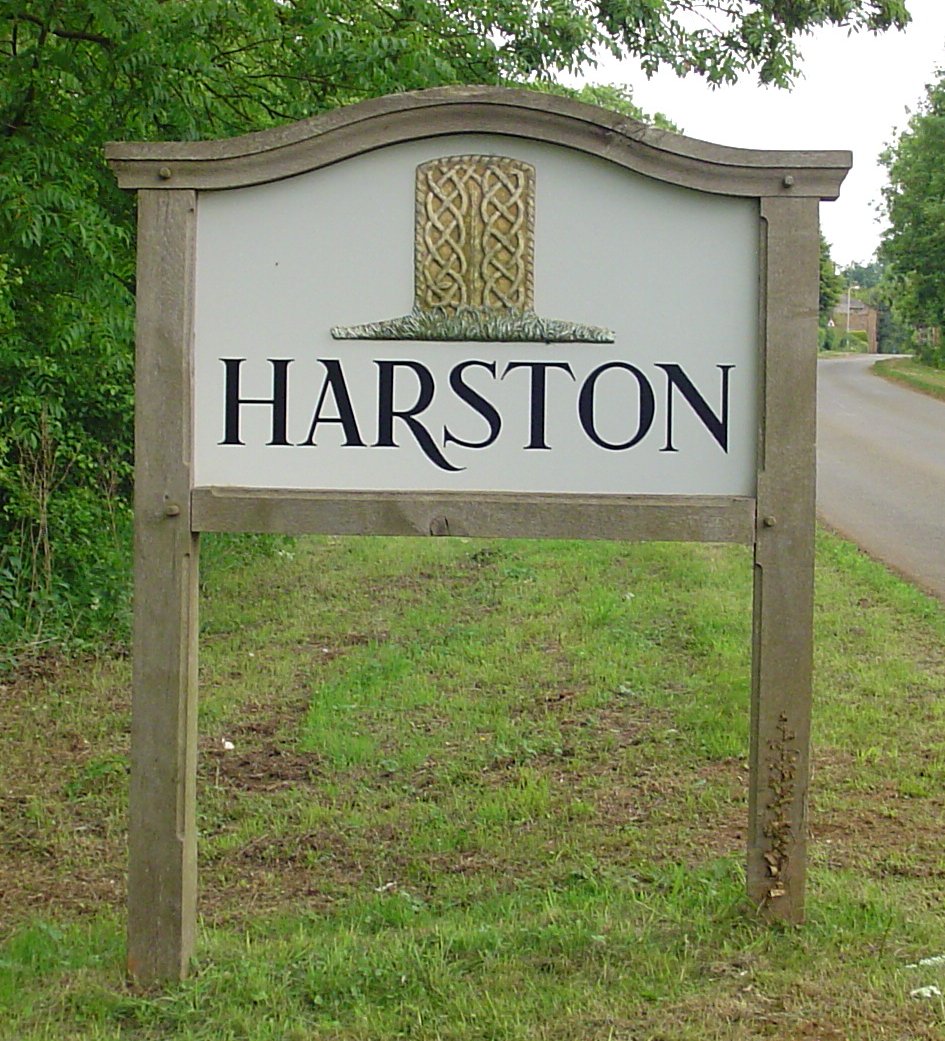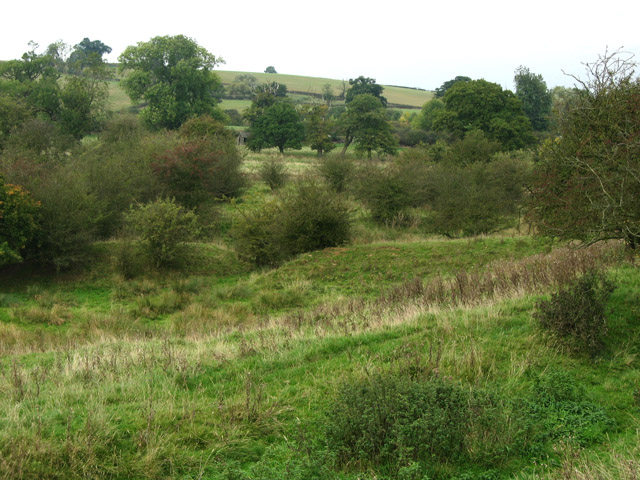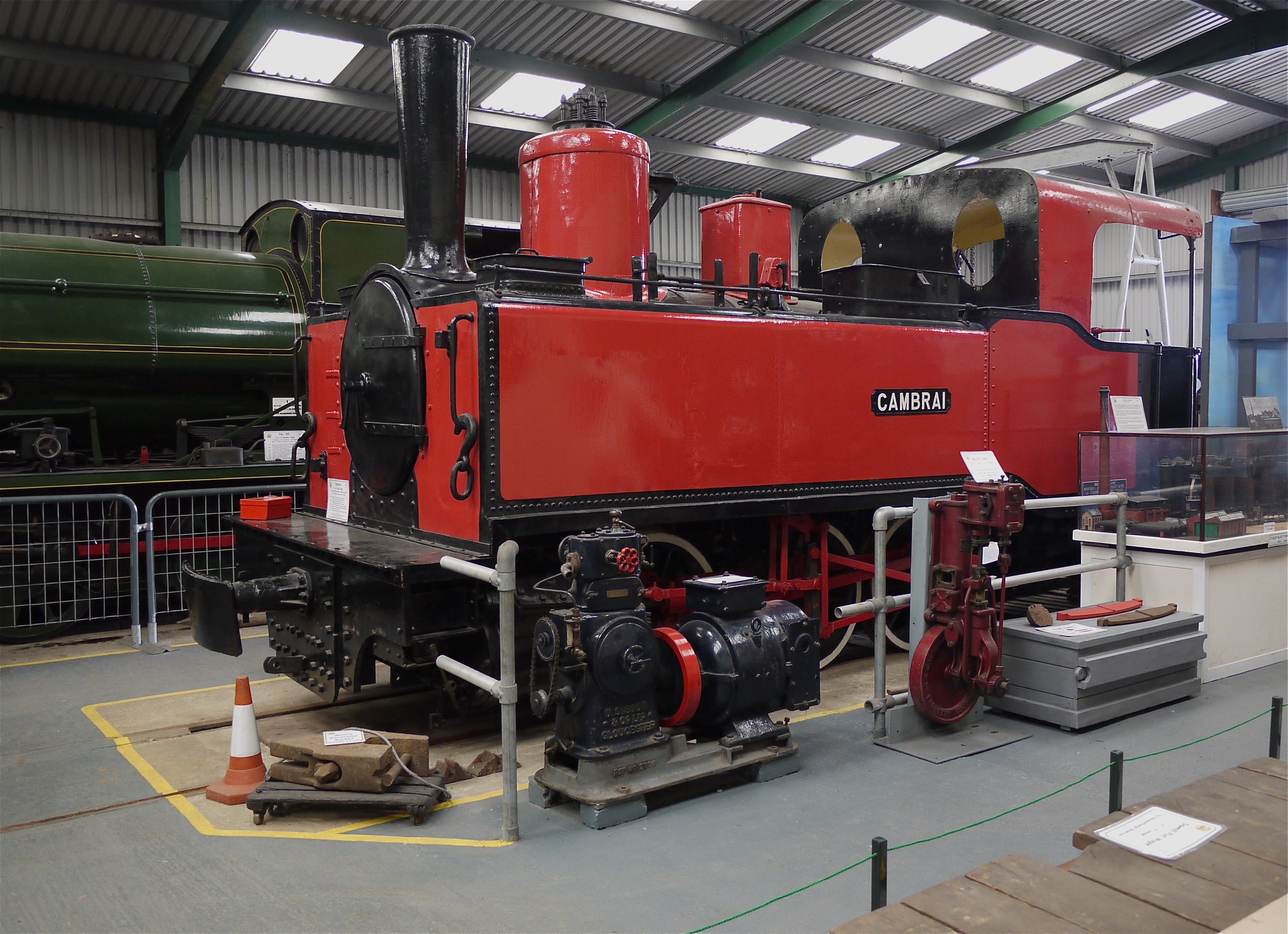Cedar Hill
Hill, Mountain in Leicestershire Melton
England
Cedar Hill
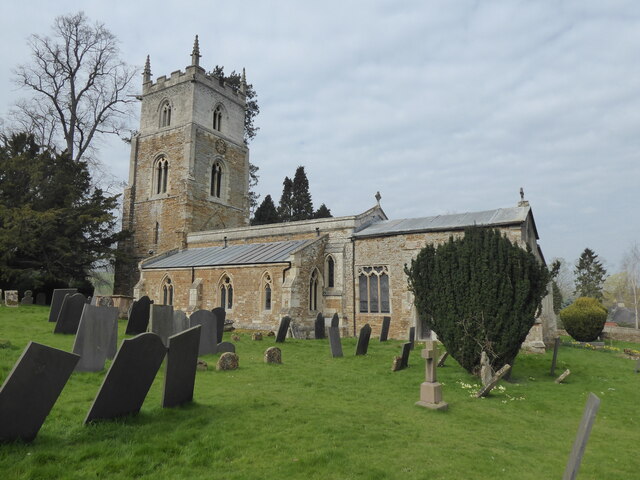
Cedar Hill is a prominent geographical landmark located in the county of Leicestershire, England. Standing at an impressive height of 250 meters above sea level, it is considered one of the highest points in the region. Situated near the town of Coalville, Cedar Hill offers breathtaking panoramic views of the surrounding countryside.
The name Cedar Hill derives from the abundance of cedar trees that once covered its slopes. The hill itself is a natural formation composed primarily of limestone, which lends to its distinct character and geological significance. Over the years, Cedar Hill has become a popular destination for nature enthusiasts, hikers, and photographers due to its stunning vistas and tranquil atmosphere.
The hill boasts a diverse range of flora and fauna, attracting wildlife such as deer, foxes, and various bird species. It is also home to several rare and protected plant species, which add to its ecological value. The surrounding area features numerous walking trails and footpaths, allowing visitors to explore the hill's enchanting woodlands and meadows.
Cedar Hill is not only a natural beauty but also holds historical significance. It is believed to have played a role in the industrial heritage of Leicestershire, with evidence of coal mining and quarrying activities in the vicinity. Today, remnants of these industries can still be seen, adding an extra layer of intrigue to the hill's story.
Overall, Cedar Hill in Leicestershire is a remarkable geographical feature that offers both natural beauty and historical interest. Whether it is for a leisurely walk, birdwatching, or simply enjoying the stunning views, this hill is a must-visit destination for nature lovers and history enthusiasts alike.
If you have any feedback on the listing, please let us know in the comments section below.
Cedar Hill Images
Images are sourced within 2km of 52.861856/-0.7715581 or Grid Reference SK8230. Thanks to Geograph Open Source API. All images are credited.




Cedar Hill is located at Grid Ref: SK8230 (Lat: 52.861856, Lng: -0.7715581)
Administrative County: Leicestershire
District: Melton
Police Authority: Leicestershire
What 3 Words
///cleanser.pest.sweeten. Near Barrowby, Lincolnshire
Nearby Locations
Related Wikis
Croxton Kerrial
Croxton Kerrial (pronounced [ˈkroʊsən ˈkɛrɨl]) is a village and civil parish in the Melton borough of Leicestershire, England, 6.6 miles (10.6 km) south...
Knipton
Knipton is a village and former civil parish, now in the parish of Belvoir, in the Melton district, in the county of Leicestershire, England. It lies about...
Croxton Abbey
Croxton Abbey, near Croxton Kerrial, Leicestershire, was a Premonstratensian monastery founded by William I, Count of Boulogne. == History == Croxton Abbey...
Branston, Leicestershire
Branston is a village and former civil parish, now in the parish of Croxton Kerrial in the Melton district, in the county of Leicestershire, England. It...
St Guthlac's Church, Branston
St Guthlac's Church is a church in Branston, Leicestershire. It is a Grade II* listed building. == History == The church dates from the 13th century but...
Harston, Leicestershire
Harston is a crossroads village and former civil parish, now in the parish of Belvoir, in the Melton district, in Leicestershire, England, near the border...
Croxton Park
Croxton Park is a 97.3-hectare (240-acre) biological Site of Special Scientific Interest south-west of Croxton Kerrial in Leicestershire.This medieval...
Waltham Iron Ore Tramway
The Waltham Iron Ore Tramway was a 1,000 mm (3 ft 3+3⁄8 in) gauge industrial tramway serving the ironstone pits of the Waltham Iron Ore Company, a subsidiary...
Nearby Amenities
Located within 500m of 52.861856,-0.7715581Have you been to Cedar Hill?
Leave your review of Cedar Hill below (or comments, questions and feedback).








![The Manners Arms, Knipton Pub and restaurant occupying an early 19th century Listed Grade II house. The Manners family hold the Dukedom of Rutland, and are resident at Belvoir Castle. To the disappointment of this parched walker the pub was closed &quot;Due to unforseen [sic] circumstances&quot;](https://s1.geograph.org.uk/geophotos/07/24/22/7242269_74aded28.jpg)
